WIP- Women in Physics... We're in Physics!
WIP (We're In Physics) is an undergraduate organization, an off-shoot of the Women in Physics group. WIP was formed to aid in the retention and enrich the experience of women and nonbinary undergraduate physics majors by providing profession development support, mentorship and community building. WIP is intentionally inclusive of those of underrepresented genders.
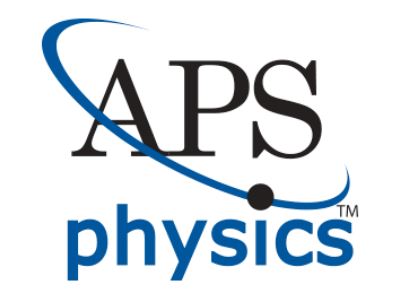
Thank you to the American Physical Society's Committee on the Status of Women in Physics for the support in the 2021-2022 academic year.
Contact Gayle Ratliff for more information.

Many of our members have spent their summers participating in valuable and exciting research. We'd like to share some of these members and the work they are doing!
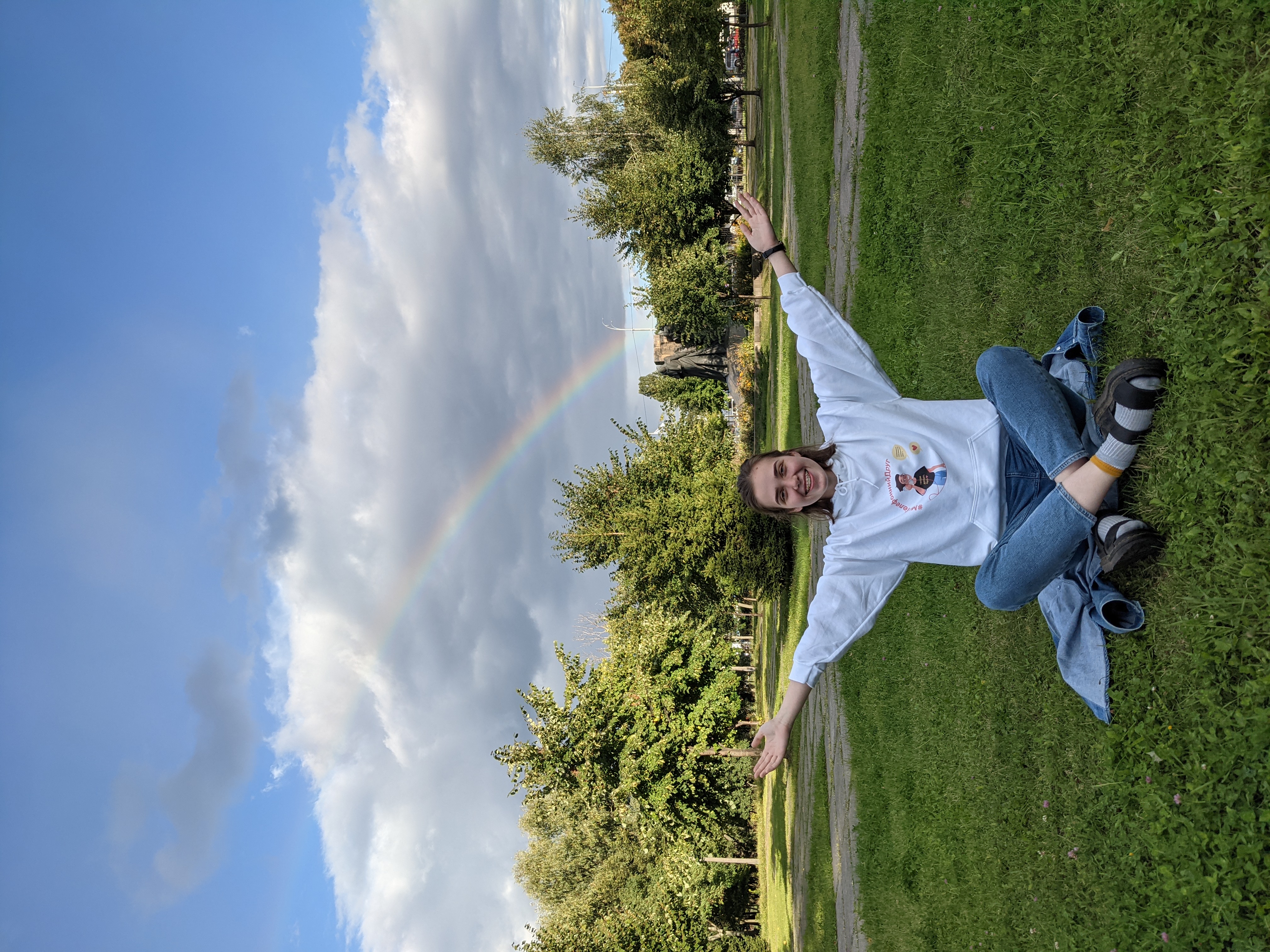
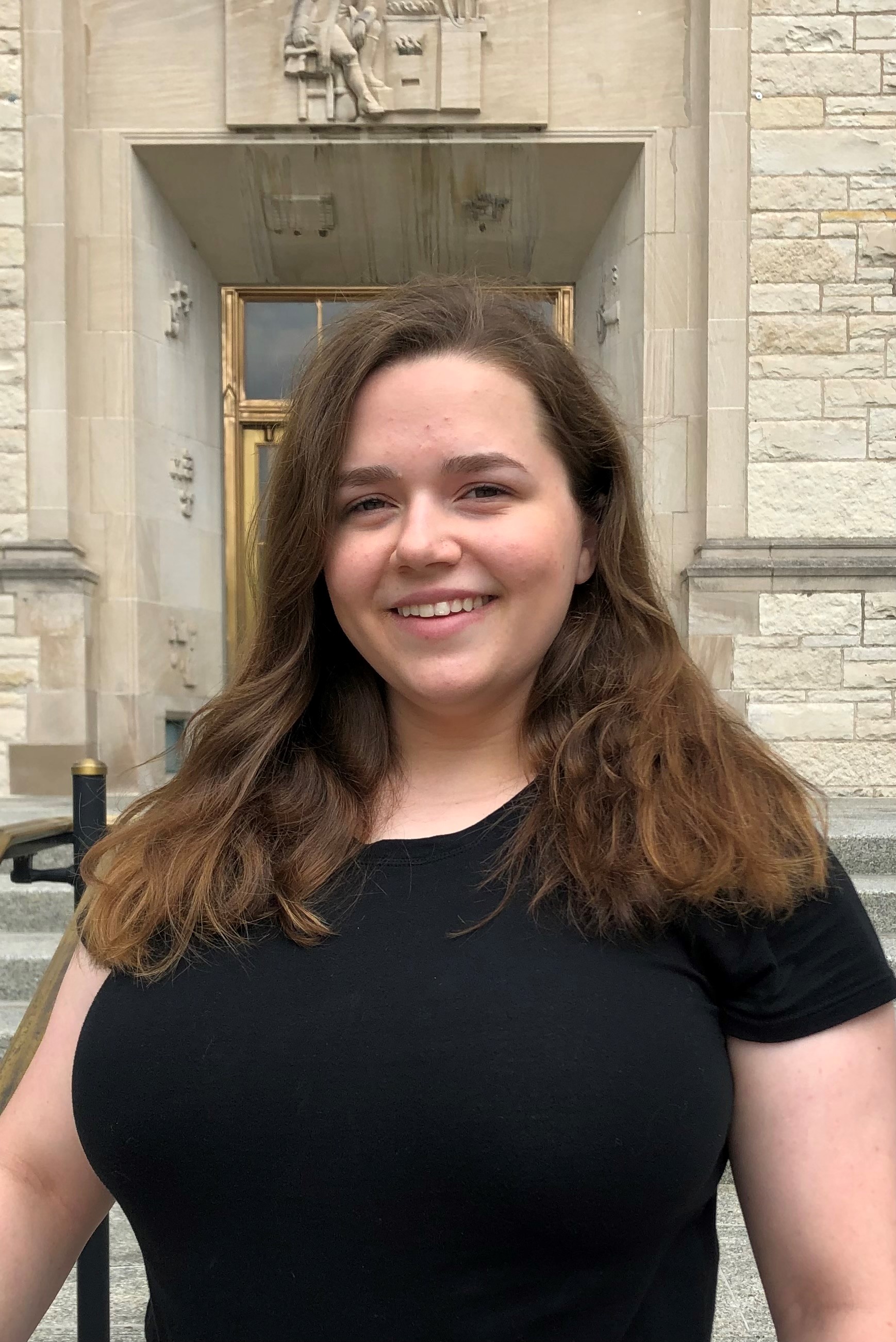
I am a rising senior working in Michelle Driscoll’s soft condensed matter lab at Northwestern. My project focuses on two-dimensional expanding sheets of complex fluids, much like the ones that result from holding a thumb over the end of a hose. However, the properties of these fluids make them break apart in interesting ways. I collect data by filming the sheets with a high-speed camera, and I use image analysis to analyze their behavior. - Carly Galvin
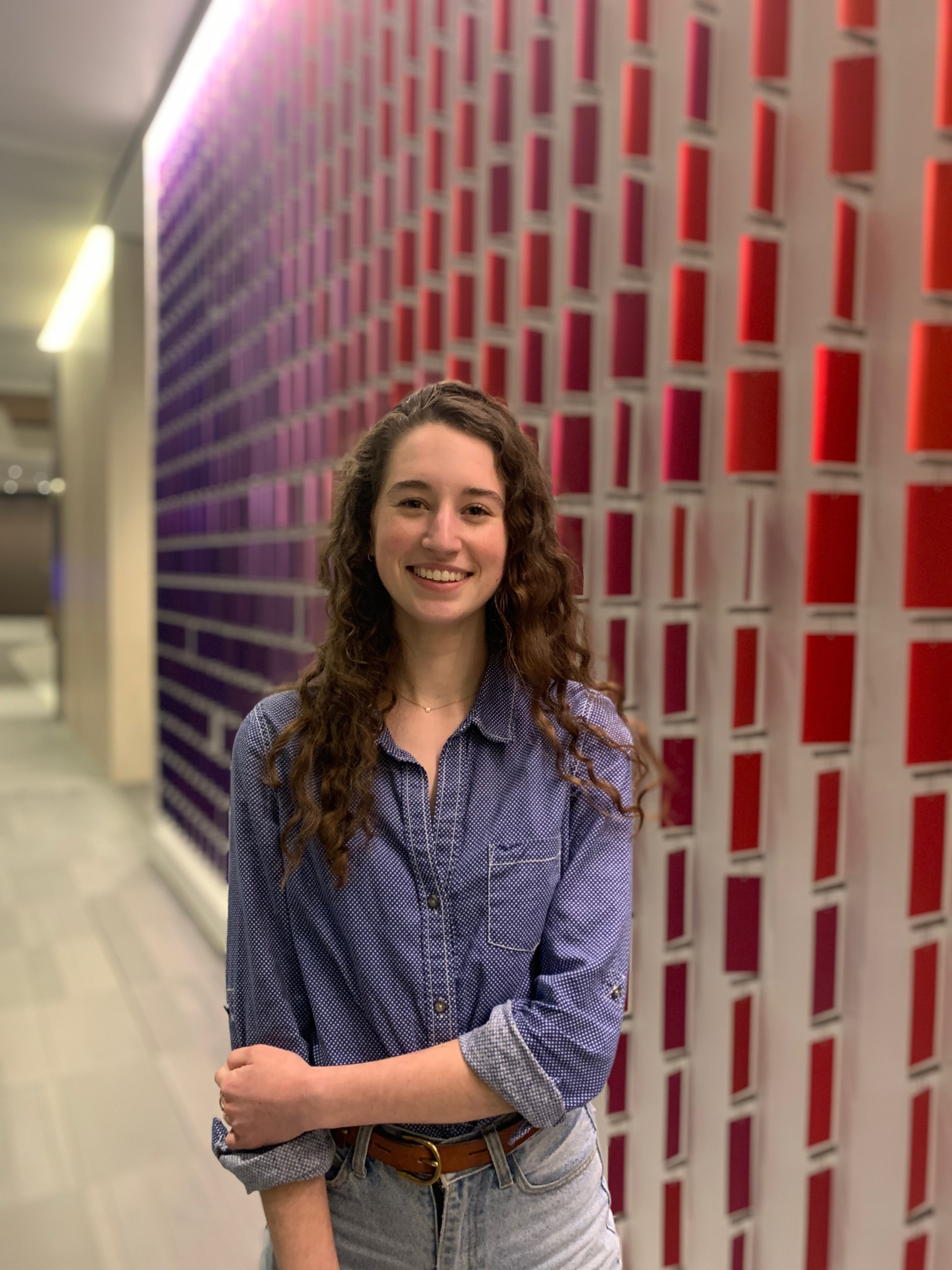 This summer I am working at the MSU Physics Education Research Lab (PERL). I am working with Dr. Katie Hinko and her group to develop a framework for studying and assessing informal physics programs. Informal physics refers to physics education that takes place outside of the traditional classroom and includes a wide range of formats such as public lectures, summer camps, physics pub nights, and planetarium shows. These spaces are significantly understudied compared to formal physics environments, due at least in part to their immense variety and complexity. In order to address this gap, the Hinko group has identified components of informal programs that are both generalizable across different formats and important for program functionality. This summer I have worked to develop and validate this framework of "key components" by qualitatively coding interviews with informal physics program leaders across the United States. - Lily Boyd
This summer I am working at the MSU Physics Education Research Lab (PERL). I am working with Dr. Katie Hinko and her group to develop a framework for studying and assessing informal physics programs. Informal physics refers to physics education that takes place outside of the traditional classroom and includes a wide range of formats such as public lectures, summer camps, physics pub nights, and planetarium shows. These spaces are significantly understudied compared to formal physics environments, due at least in part to their immense variety and complexity. In order to address this gap, the Hinko group has identified components of informal programs that are both generalizable across different formats and important for program functionality. This summer I have worked to develop and validate this framework of "key components" by qualitatively coding interviews with informal physics program leaders across the United States. - Lily Boyd
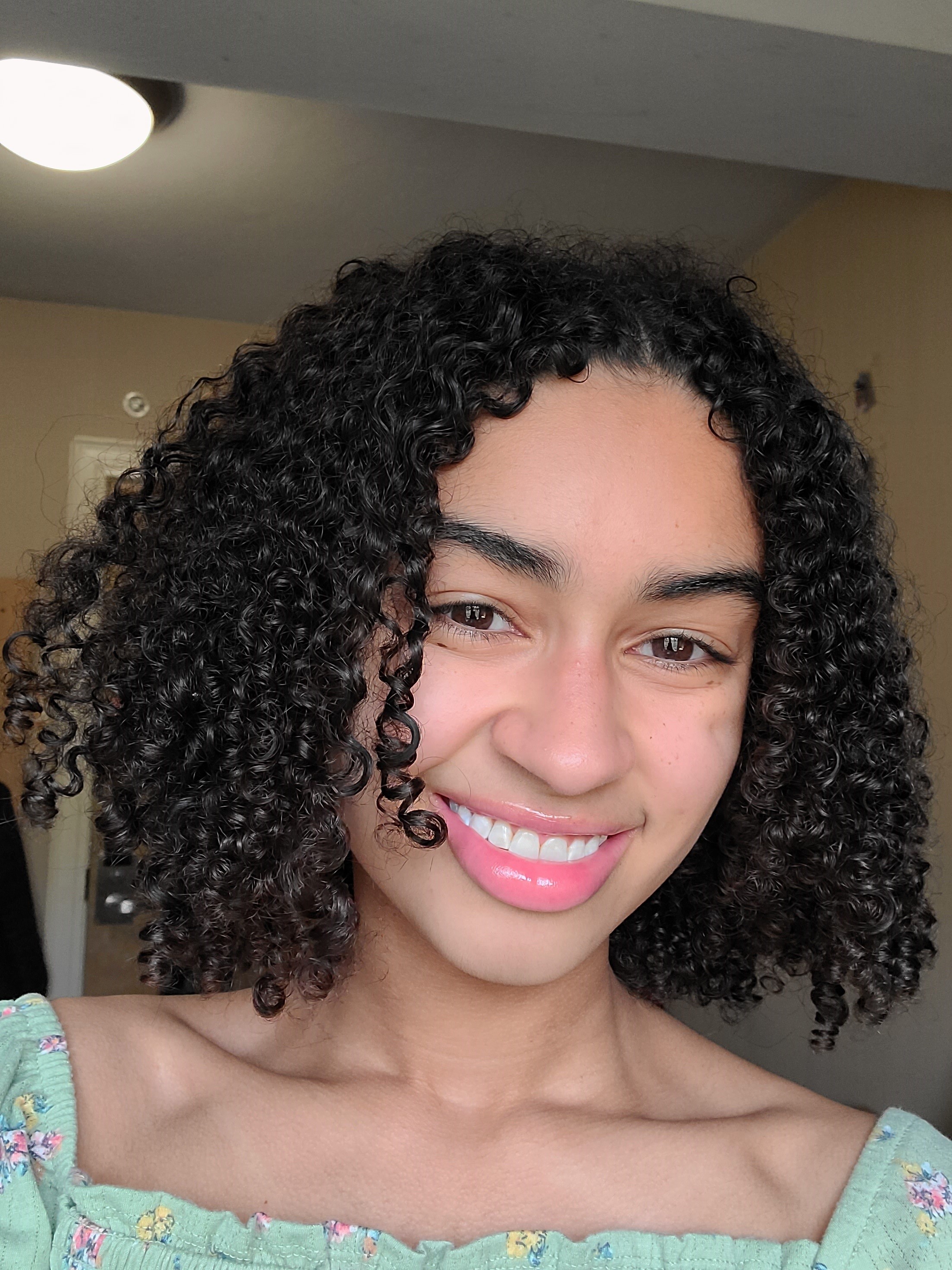 My name is Alyssa and I'm working in the Gabrielse group on the lepton project this summer. I am building a positron detection circuit. My group has measured the magnetic moment of the electron to an incredible degree of precision. Now we are working to measure the magnetic moment of the positron, the electron's antimatter counterpart, to a similar degree of precision... but first we have to find it. That's where I come in. In the end, we will compare the two measurements in order to test the predictions of the Standard Model of Particle Physics, our current best understanding of the universe, to the most precise degree possible. - Alyssa Matthews
My name is Alyssa and I'm working in the Gabrielse group on the lepton project this summer. I am building a positron detection circuit. My group has measured the magnetic moment of the electron to an incredible degree of precision. Now we are working to measure the magnetic moment of the positron, the electron's antimatter counterpart, to a similar degree of precision... but first we have to find it. That's where I come in. In the end, we will compare the two measurements in order to test the predictions of the Standard Model of Particle Physics, our current best understanding of the universe, to the most precise degree possible. - Alyssa Matthews
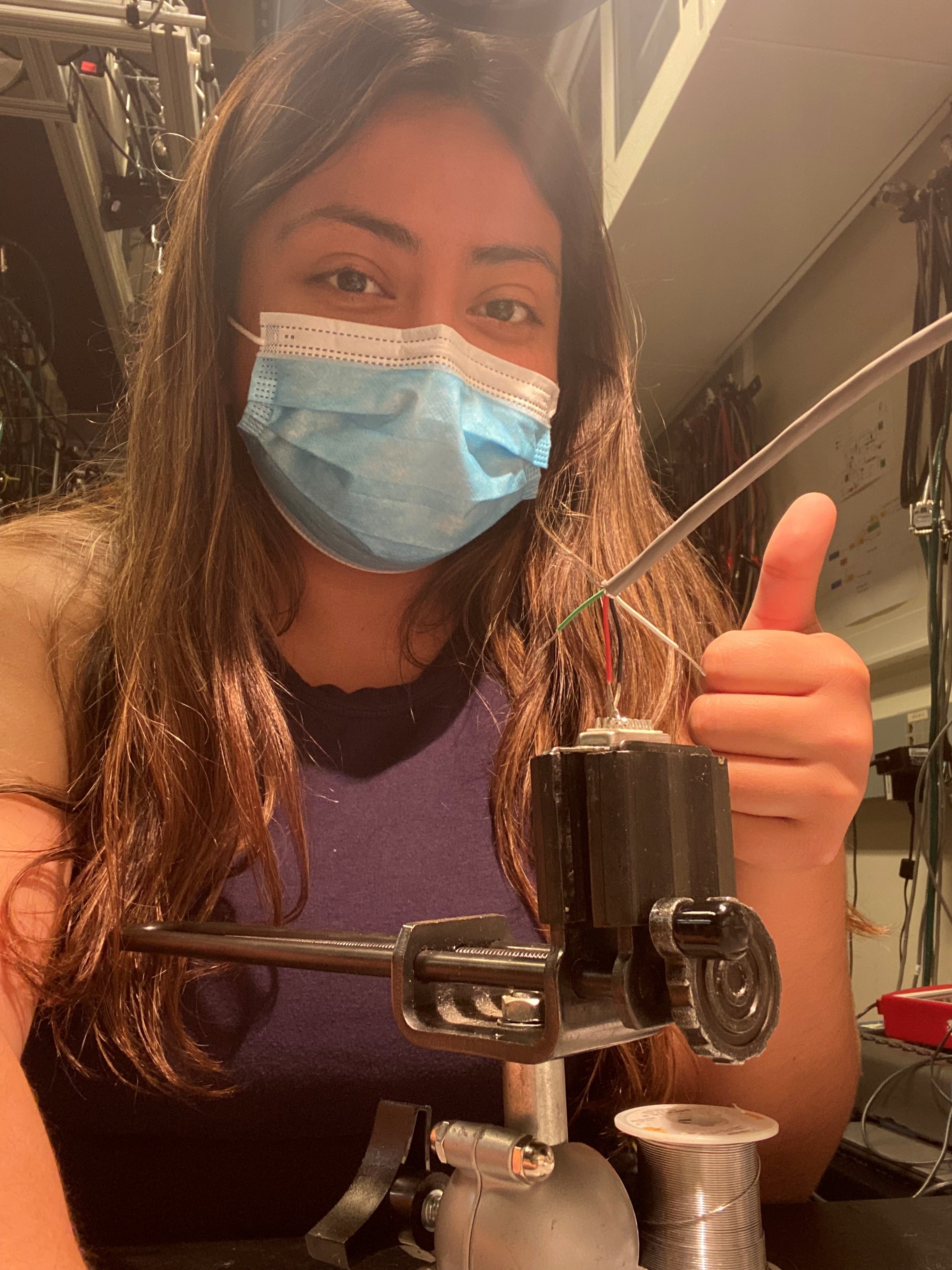 During this summer, I have been working in the Ye group at JILA in Boulder with Professor Jun Ye. More specifically, I worked in an ultra cold molecule lab where they image and manipulate KRb (potassium rubidium) molecules. My contribution to the lab is by building an external cavity diode laser that will help the lab image these molecules through a nondestructive method known as phase-contrast imaging. - Maria Fernandez Davila Pastor
During this summer, I have been working in the Ye group at JILA in Boulder with Professor Jun Ye. More specifically, I worked in an ultra cold molecule lab where they image and manipulate KRb (potassium rubidium) molecules. My contribution to the lab is by building an external cavity diode laser that will help the lab image these molecules through a nondestructive method known as phase-contrast imaging. - Maria Fernandez Davila Pastor
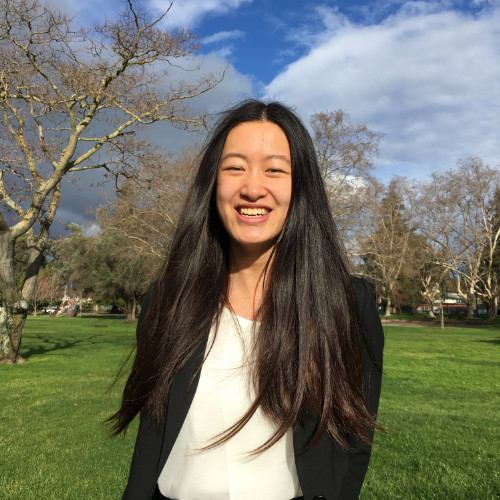 This summer, I am participating in the development of ACHILLES, a novel lepton-nucleus event generator, under the supervision of Dr. Joshua Isaacson. I am utilizing C++ to create proper lepton decay simulations that aid neutrino detection experiments by distinguishing charged current processes from neutral current processes. One of the most challenging aspects of properly modeling tau neutrino charged current interactions is appropriately taking into consideration the produced tau polarization. There is existing code used to simulate tau decay, but instead of calculating the full polarization of the tau, it approximates the polarization as only being longitudinal. ACHILLES maximizes accuracy of charged current interaction models by appropriately taking into account the produced tau polarizations rather than approximating them. My job is to bridge together the tau neutrino’s interaction with the detector and the tau’s decay by passing polarization information between codes. Through this project, I hope to become more proficient in C++, strengthen my ability to analyze and understand academic literature, improve my general knowledge of particle physics, and learn more about numerical methods such as Monte Carlo methods. I am very grateful for this opportunity, and can't wait to see where ACHILLES goes! - Sherry Wang
This summer, I am participating in the development of ACHILLES, a novel lepton-nucleus event generator, under the supervision of Dr. Joshua Isaacson. I am utilizing C++ to create proper lepton decay simulations that aid neutrino detection experiments by distinguishing charged current processes from neutral current processes. One of the most challenging aspects of properly modeling tau neutrino charged current interactions is appropriately taking into consideration the produced tau polarization. There is existing code used to simulate tau decay, but instead of calculating the full polarization of the tau, it approximates the polarization as only being longitudinal. ACHILLES maximizes accuracy of charged current interaction models by appropriately taking into account the produced tau polarizations rather than approximating them. My job is to bridge together the tau neutrino’s interaction with the detector and the tau’s decay by passing polarization information between codes. Through this project, I hope to become more proficient in C++, strengthen my ability to analyze and understand academic literature, improve my general knowledge of particle physics, and learn more about numerical methods such as Monte Carlo methods. I am very grateful for this opportunity, and can't wait to see where ACHILLES goes! - Sherry Wang
